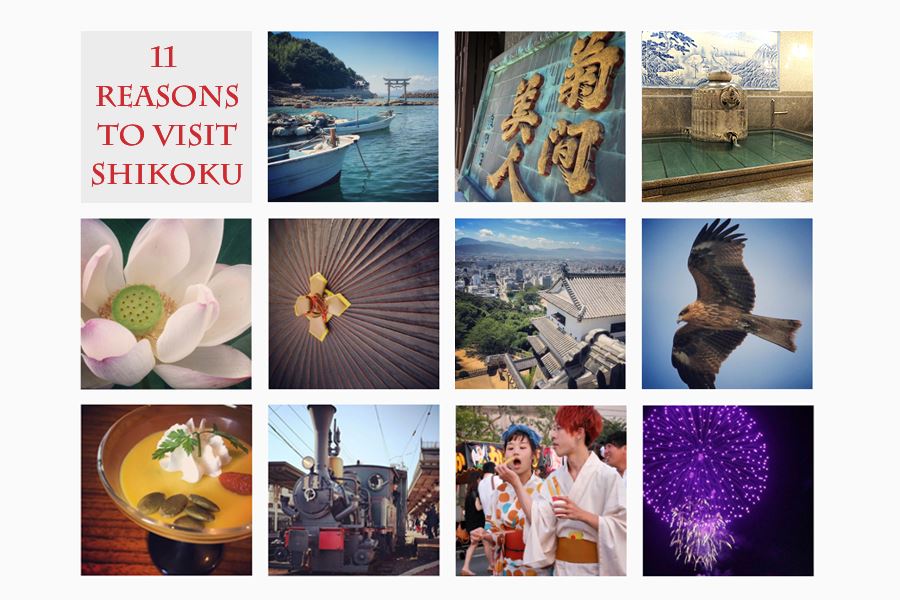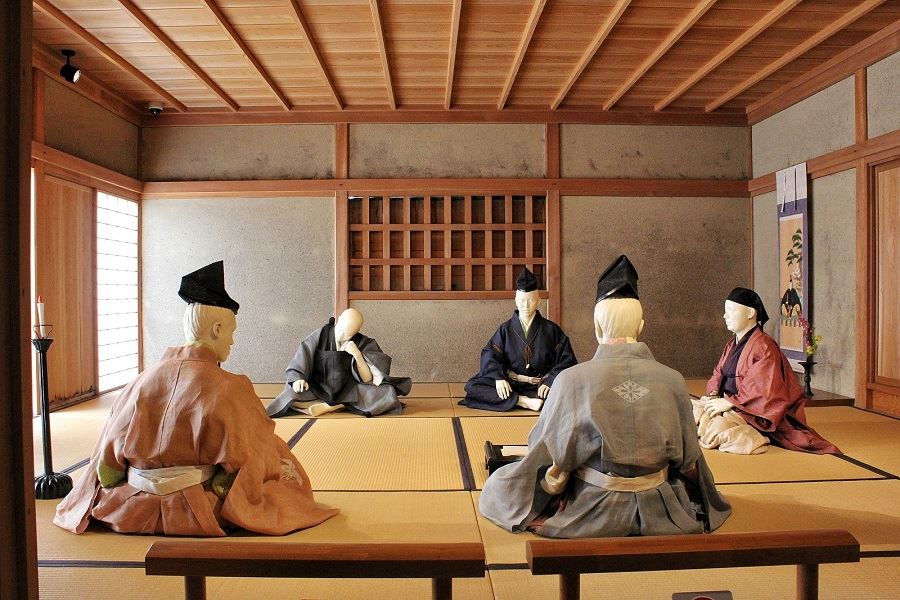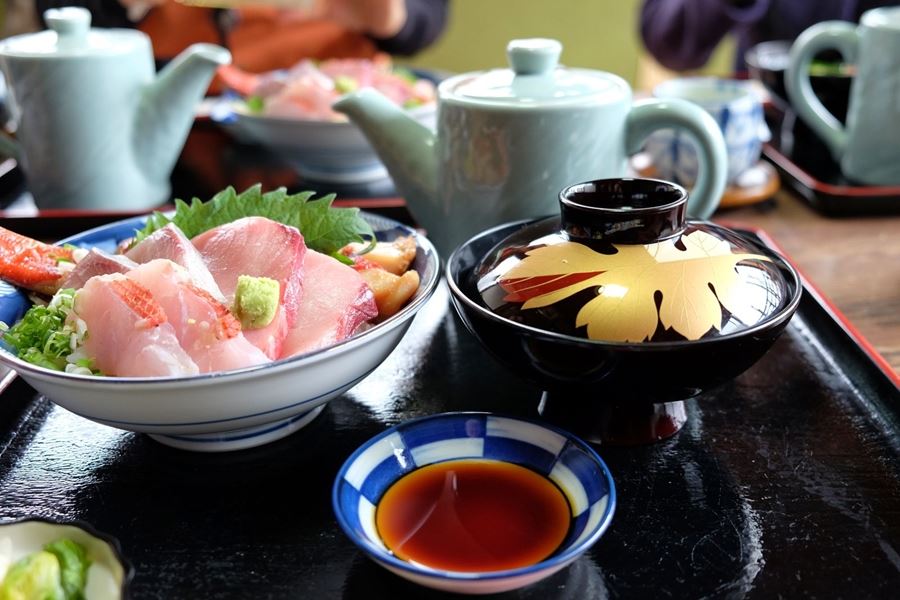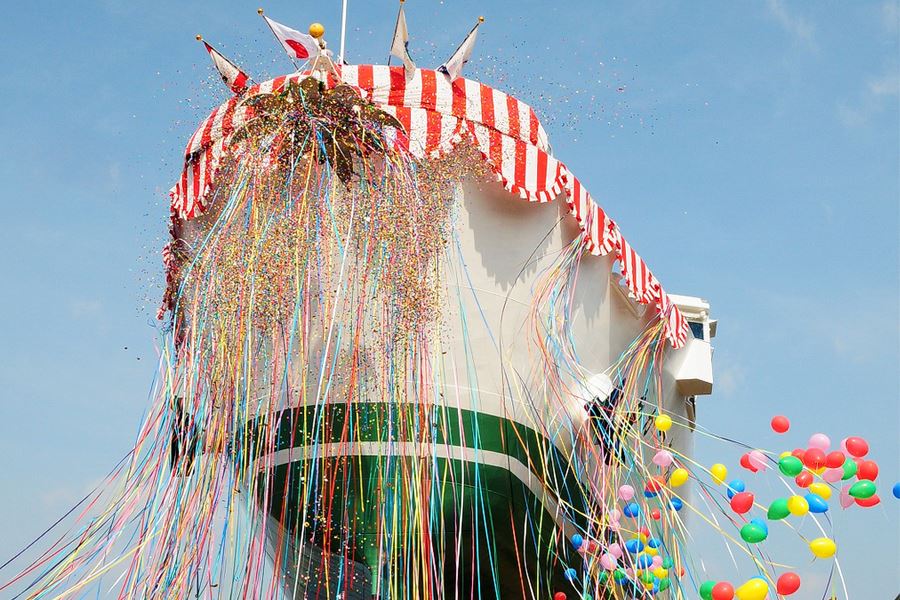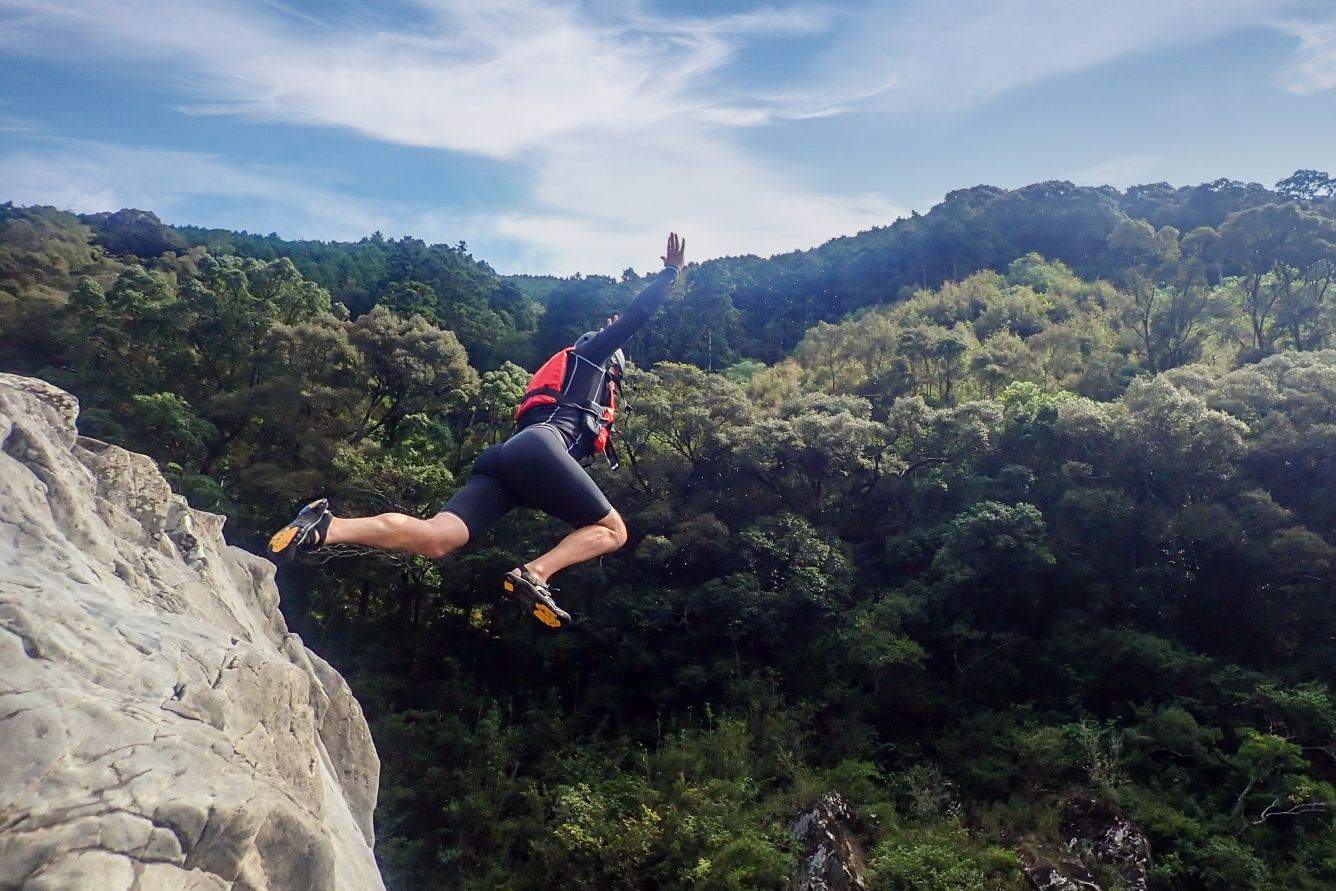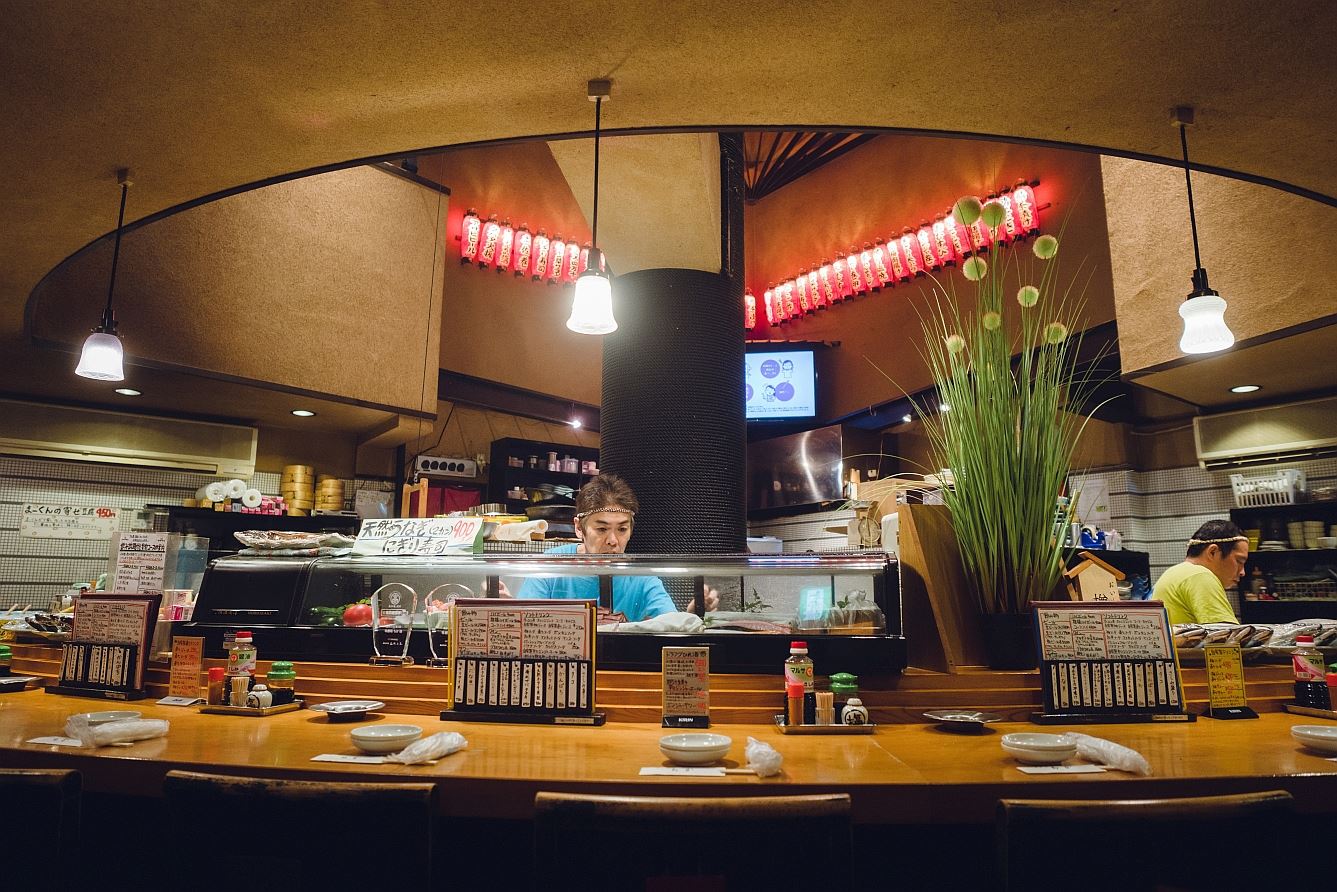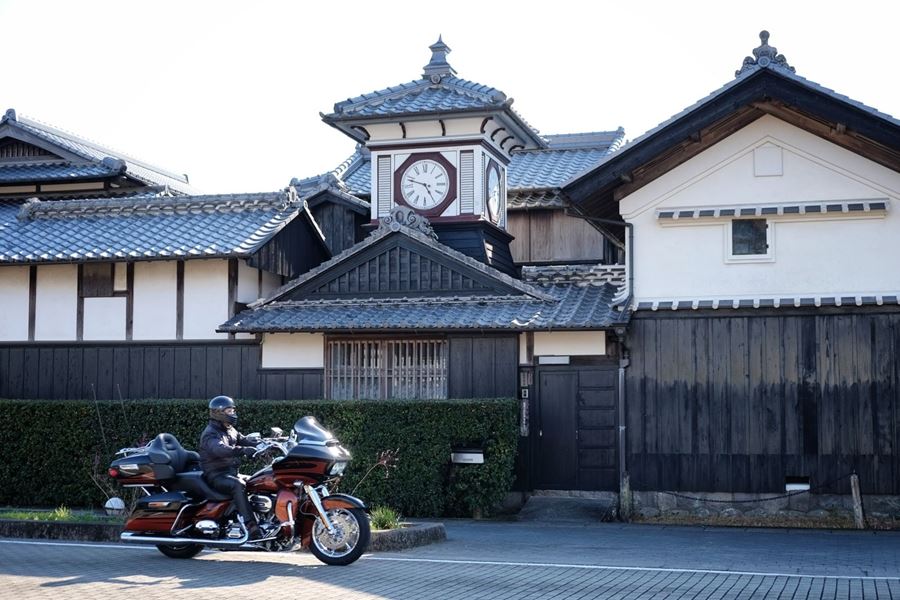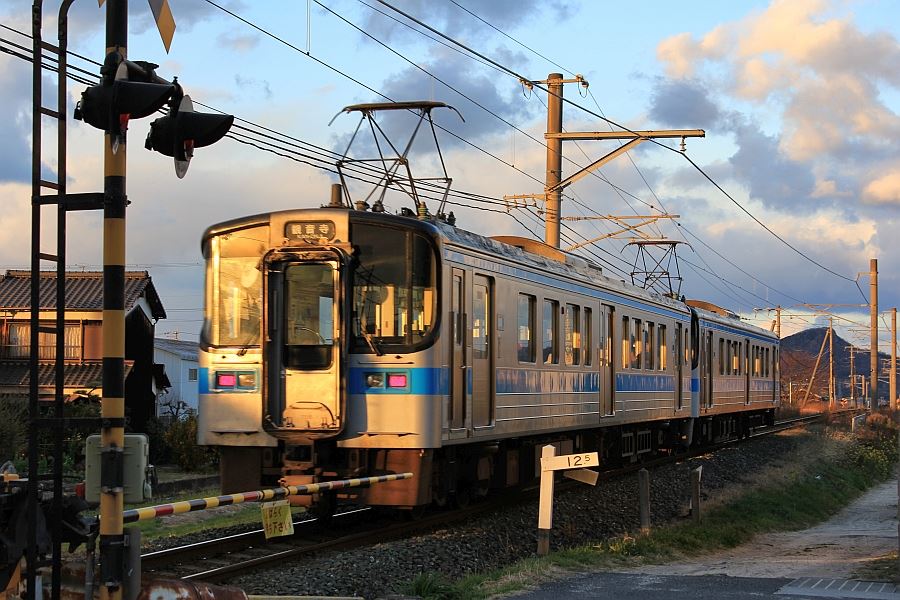Shikoku Accommodation
Home » Shikoku Accommodation
Shikoku Accommodation
As home to the Shikoku Pilgrimage with a history going back over 1,200 years, Shikoku is a hospitable place. The people of Shikoku are used to looking after visitors. Shikoku has an amazing variety of accommodation, and here we’ll look at everything from guesthouses and pilgrim’s lodgings to high-end ryokan. We can book you whatever accommodation you like for your trip, but we want you to know what to expect.
Guesthouses
There are many guesthouses across Shikoku, some with offerings targeting pilgrims, some targeting cyclists, others targeting no type of traveler in particular. These guesthouses are often in buildings that were once used for something else – company dormitories, geisha houses, homes of the wealthy, schools and so on. Most have dormitory-style rooms with bunkbeds or futons on tatami mats, as well as private rooms. They have communal cooking, bathing and lounging facilities, sometimes with a bar.
Pricing
From ¥2,500 per night in a dormitory room. No meals.
From ¥3,000 per night in a private room. No meals.
Pros
Economical. You can cook and eat what you want. You’ll meet some interesting people, including the owners. The private rooms typically have everything you really need for a comfortable night.
Cons
If you have a snorer in your room, you can forget about sleep. Creaky floorboards, echoing corridors. You might meet people who you really don’t like. Little privacy, sometimes including with bathing.
Minshuku
This accommodation is an amalgam of a somebody’s home, a guesthouse, and a ryokan. It’s similar to a B&B (bed and breakfast), but with dinner included too. They’re usually more expensive than a guesthouse and cheaper than a ryokan, but you might eat with the family and other guests. Often the owner takes pride in their cooking, and you’ll get very well-prepared, authentically local meals. This can be a very hit-or-miss accommodation sector, but rest assured, it will be a hit if we book it for you.
Pricing
From ¥6,500 per night, with two meals. From ¥4,500 without dinner.
Pros
Typically economical. Often very good food with an emphasis on local fare. You’ll meet some interesting people, including the owners.
Cons
You might meet people who you really don’t like. Little privacy, sometimes including with bathing.
Shukubo
This is a lodging attached to a Buddhist temple. As home to the Shikoku Pilgrimage, many of the temples also have lodging for henro, walking pilgrims. As a matter of course, communal living is emphasized, including bathing. The lodging is a separate building from the temple, and similar to a good minshuku or ryokan. If you stay at a shukubo, you may be able to take part in morning or evening devotions at the temple. At some shukubo, you may be required to get up at 6:00 for the devotions. The food is typically very good, but don’t expect it to be vegetarian. You can often order beer and sake too.
Pricing
From ¥6,000 per night, with two meals. From ¥4,000 without dinner.
Pros
Typically economical. Often very good food. You’ll meet some other pilgrims, and experience the atmosphere of a temple after hours.
Cons
You might meet people who you really don’t like. Little privacy, sometimes including with bathing. Early lights out, early rising.
Business Hotels
These are hotels intended for single business travelers, although of course they’re open to anybody. They used to be very basic and generic, but recently they’re putting a lot of effort into differentiation, and they can be quite stylish and very comfortable. Breakfast is typically buffet style, and you can eat your fill, although bread, tea and coffee might be the extent of the offering.
Pricing
From ¥6,000 per night, with breakfast.
Pros
Economical. Generally comfortable. Good privacy. Ideal for single travelers.
Cons
Small rooms. No sense of regionality. The quality of breakfast varies widely. Early lights out, early rising.
Hotels
This category covers a wide range of styles and prices, including simple, good-value tourist hotels, large and small boutique hotels, and resort hotels. There are also many ryokan hotels – large, modern buildings but with traditional ryokan-style rooms, and female staff in kimono and other traditional dress. Breakfast is often a Japanese and Western style buffet, but Japanese and Western cooked breakfasts are also fairly common. These hotels typically have ensuite bathrooms and toilets, as well as a large common bath. Sometimes you have a choice between beds and futons.
Pricing
From ¥6,000 per night, with breakfast. At ryokan hotels, dinner is also offered, but you can opt not to have it and pay less.
Pros
Wide range of choices. Good privacy. Often economical.
Cons
No major cons. But often no sense of regionality. The quality of breakfast can vary widely.
Ryokan
These traditional Japanese inns are what Japan had before hotels. The rooms have tatami mats on the floors. When you first enter, there’s a low table and chairs, and this is where you eat your dinner, usually at a fixed time. After dinner, when you go for your bath, the ryokan staff get your futon out of the closet and lay it temptingly on the tatami for you. After your bath, you dress in the yukata provided and take your ease. You can stroll around outside in your yukata if you wish. Breakfast the next day is typically served in some sort of restaurant area or sitting room. Ryokan should be the peak of the accommodation experience in Japan, and we recommend you try it at least once during your trip.
Pricing
From ¥7,000 per night, with dinner and breakfast. You can opt not to have dinner and pay less.
Pros
Often a beautiful building with a garden in a good location. Good, local food. Charming personal hospitality.
Cons
You may feel the need to wander around outside after dinner until bedtime. Care with which slippers you wear where can be an issue.
Kominka
These are old farmhouses that have been restored with all the modern comforts while maintaining their original character and atmosphere. Alex Kerr is regarded as the originator of this positive trend in Shikoku and Japan as a whole. While they offer full self-catering facilities, a perhaps more appealing option is for a local resident to cook a fantastic feast of local dishes for you, with a bit of help from you if you wish.
General notes
Smoking
Japan is still very much a tobacco country, although change seems to be coming. Finding non-smoking accommodation can be a challenge, but we do our best to meet your requirements. Please note that this may not be possible at peak times. Many hotels do an excellent job of defuming their rooms for non-smokers.
Bathing
Many hotels have their own onsens or large, communal baths. The rules here are:
Refrain from drunkenness
Refrain from conversing loudly
Wash before you get in the bath
Don’t get soap in the bath
Don’t put towels in the bath
Dry off as best you can before you enter the changing room
Most of the accommodation we book for you has a bath and shower in the room. In some cases, such as guesthouses, there may be a private bath and shower outside your room, which is shared, including the bathwater, with the other guests. If you don’t want to take a bath, you can just have a shower. Please note that any conditions that you set on bathing arrangements will mean that you’re often limiting yourself to less interesting accommodation. A bit of flexibility in this regard opens up a range of accommodation options that you won’t find anywhere else.
Slippers
Some hotels expect guests to change into slippers at the entrance. Typically the slippers are plastic and ill-fitting. If you opt not to bother with them and go barefoot or in stockinged feet, staff may chase after you entreating you to wear the slippers anyway. You may do as you choose, but don’t wear your shoes into this kind of hotel.
In hotels with tatami mats, you must take your slippers off before walking on the tatami. If there are slippers in the toilet, they’re supposed to stay in the toilet.
Pillows
Japanese pillows can sometimes have bits of plastic straw, beads or even soba grains in them. The theory is that they allow better airflow, but they can be noisy and uncomfortable. Many hotels actually have ’normal’ pillows if you ask at the front desk.
Peak times
At peak times, or when popular festivals are held, it can be very difficult to book hotels, so please plan far ahead if you possibly can.
WiFi
Most places have WiFi now. Typically there is a piece of paper or a card in your room with a password that you have to enter. Or the information may be displayed at the front desk.
Feedback
We welcome your feedback and opinions, and we’ll pass on any suggestions you have directly to the accommodation providers.
Related Tours

Experience the most beautiful and interesting temples of the Shikoku Pilgrimage in seven days.

A tour for families or friends, staying in the most characterful kominka and ryokan of Shikoku.

Visit the most beautiful and interesting temples of the Shikoku Pilgrimage and walk the toughest trails.

